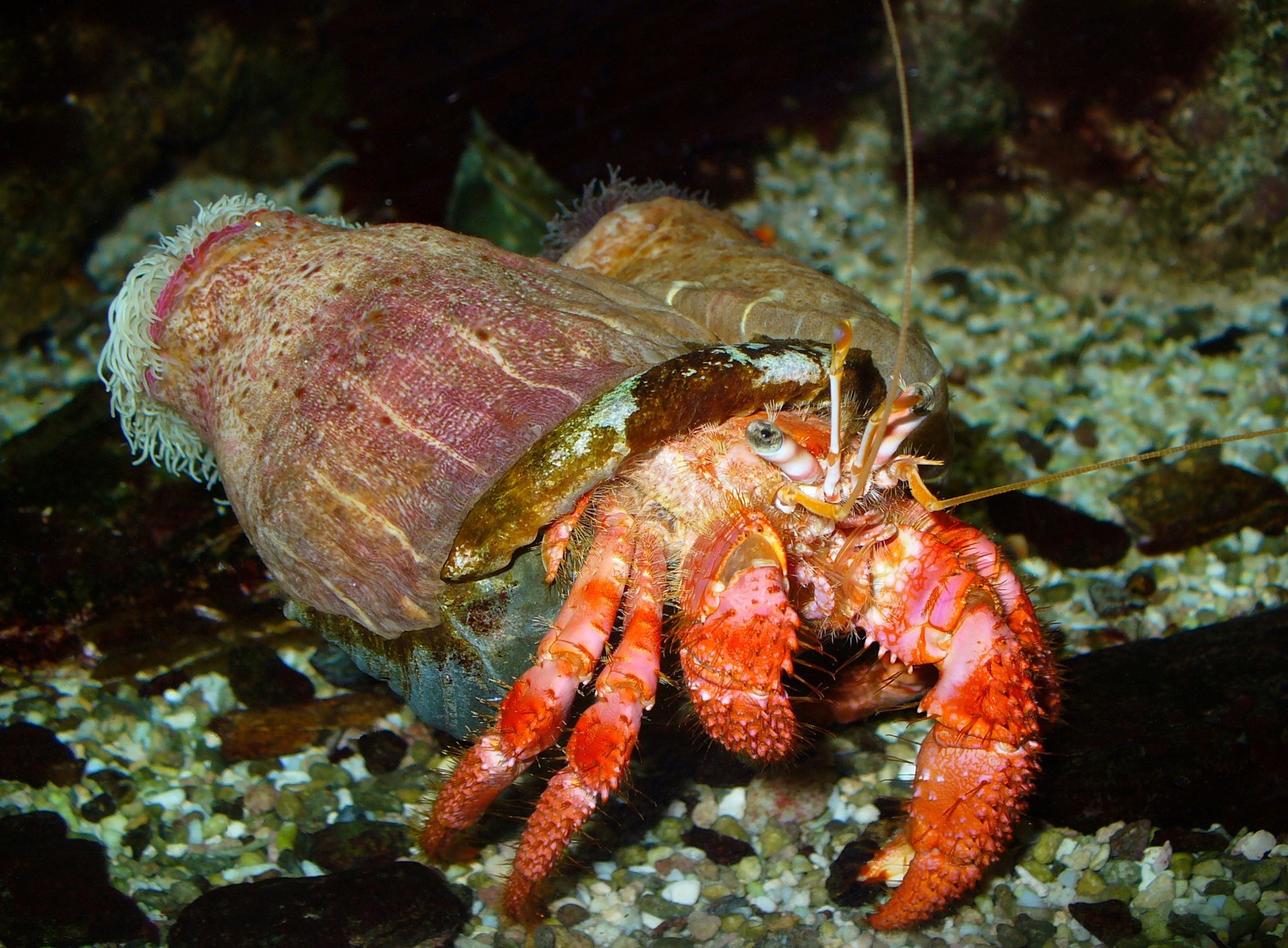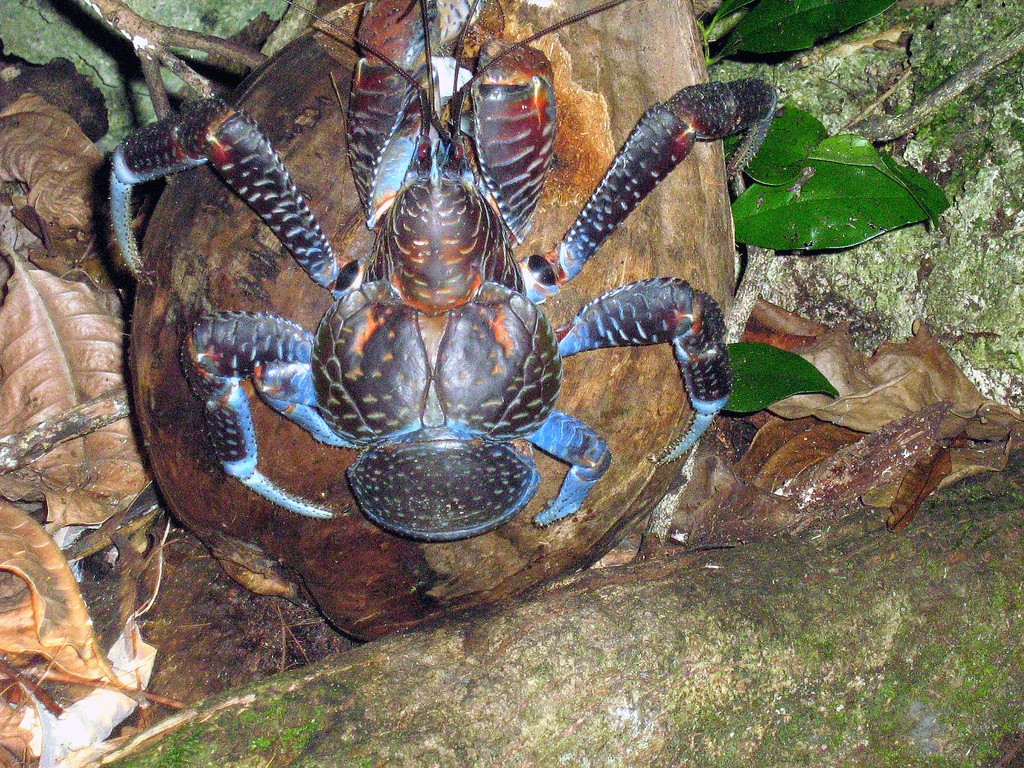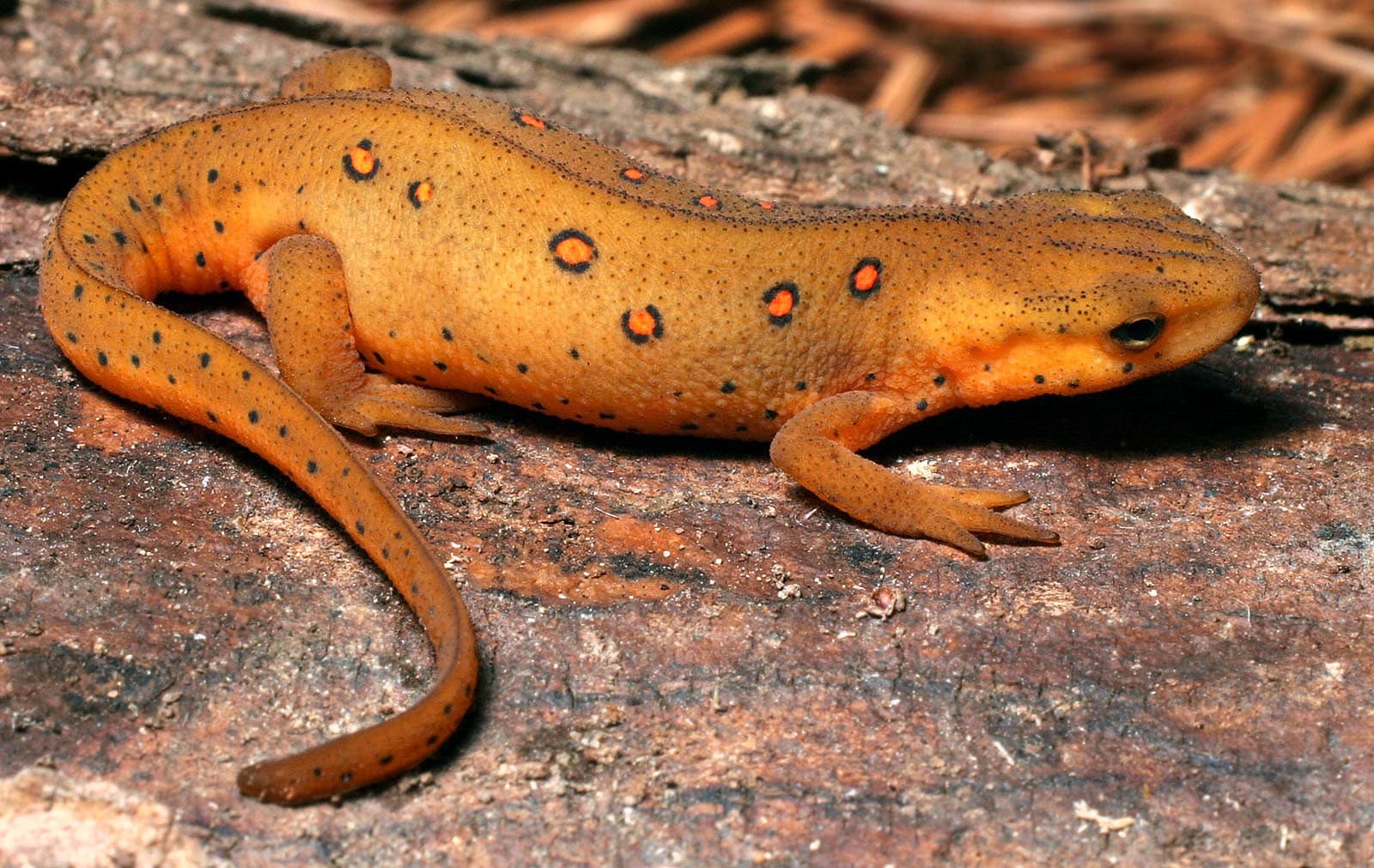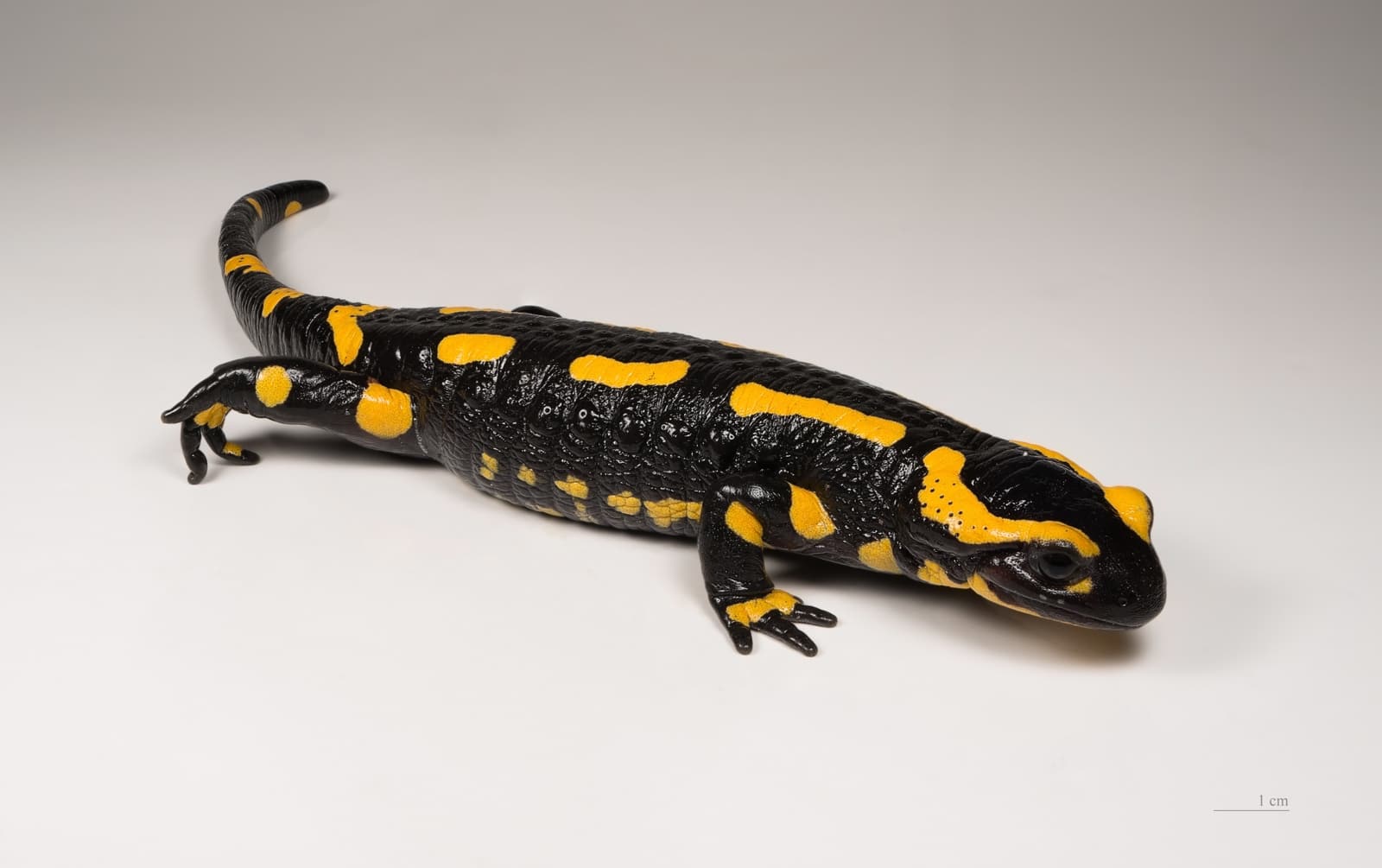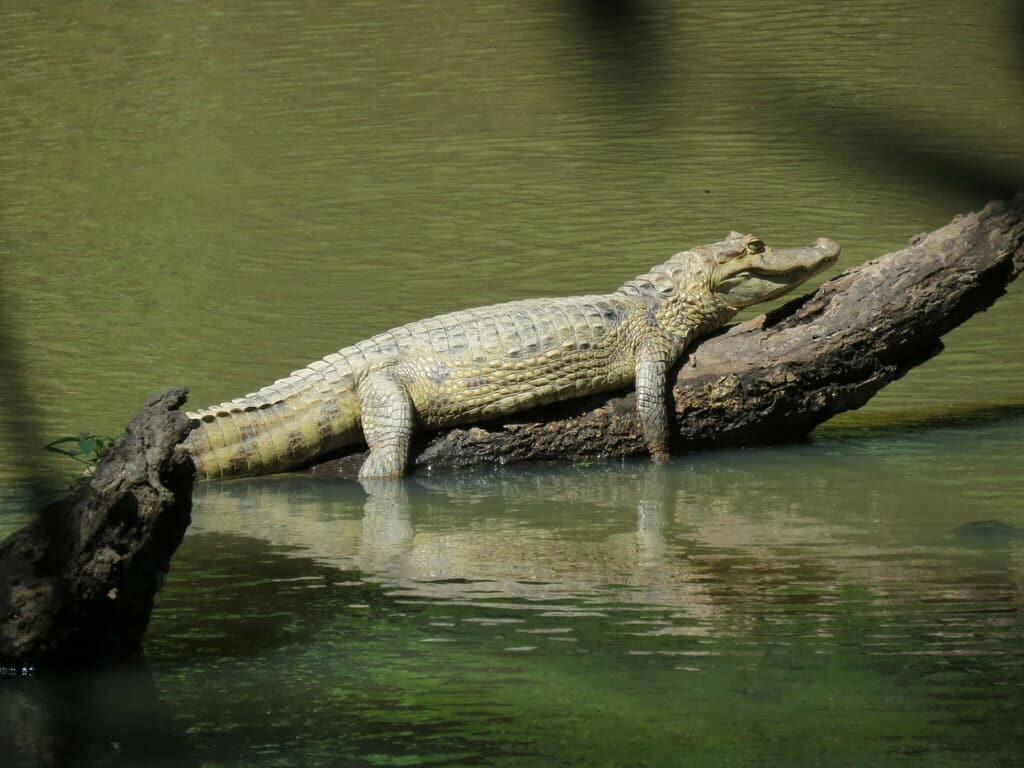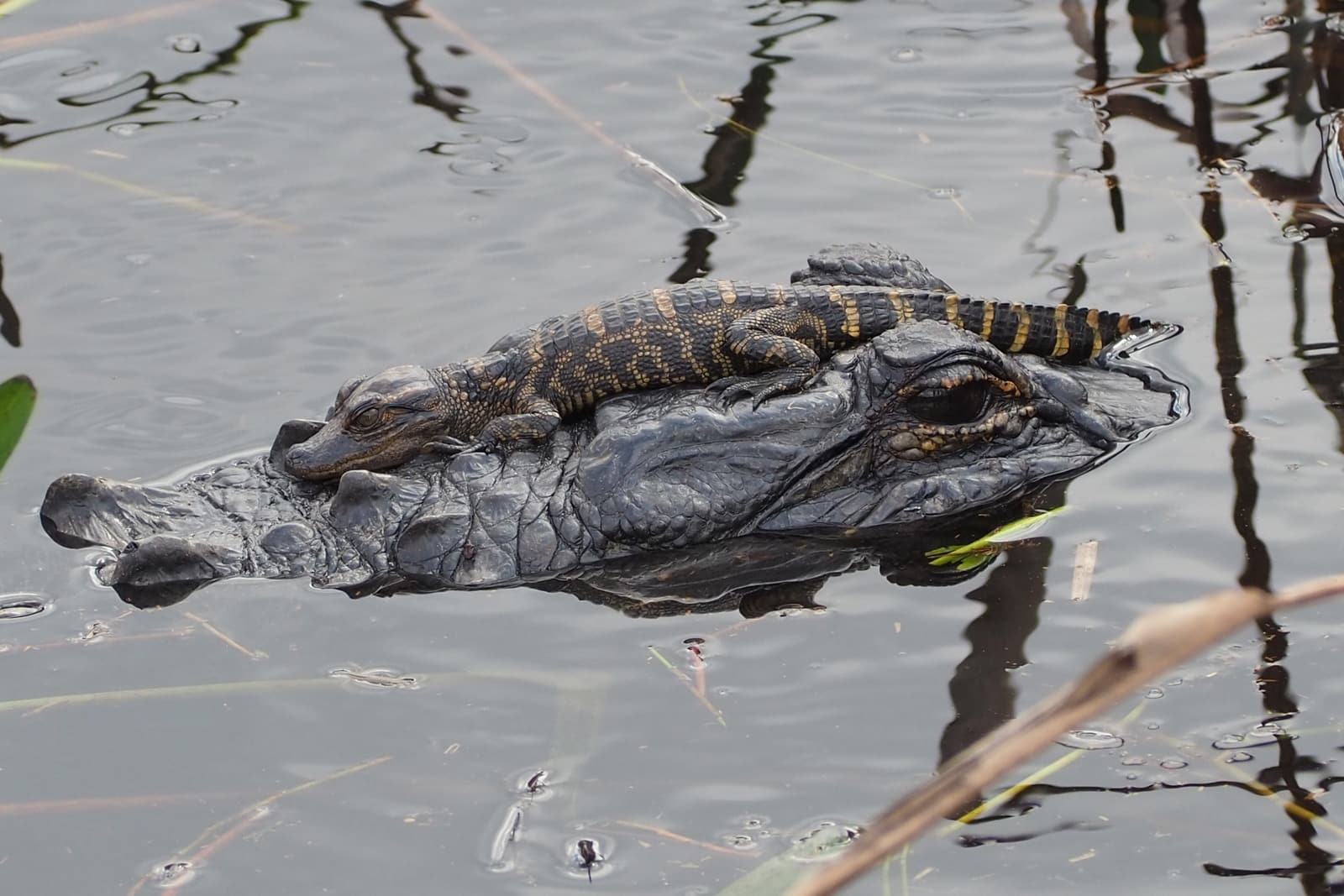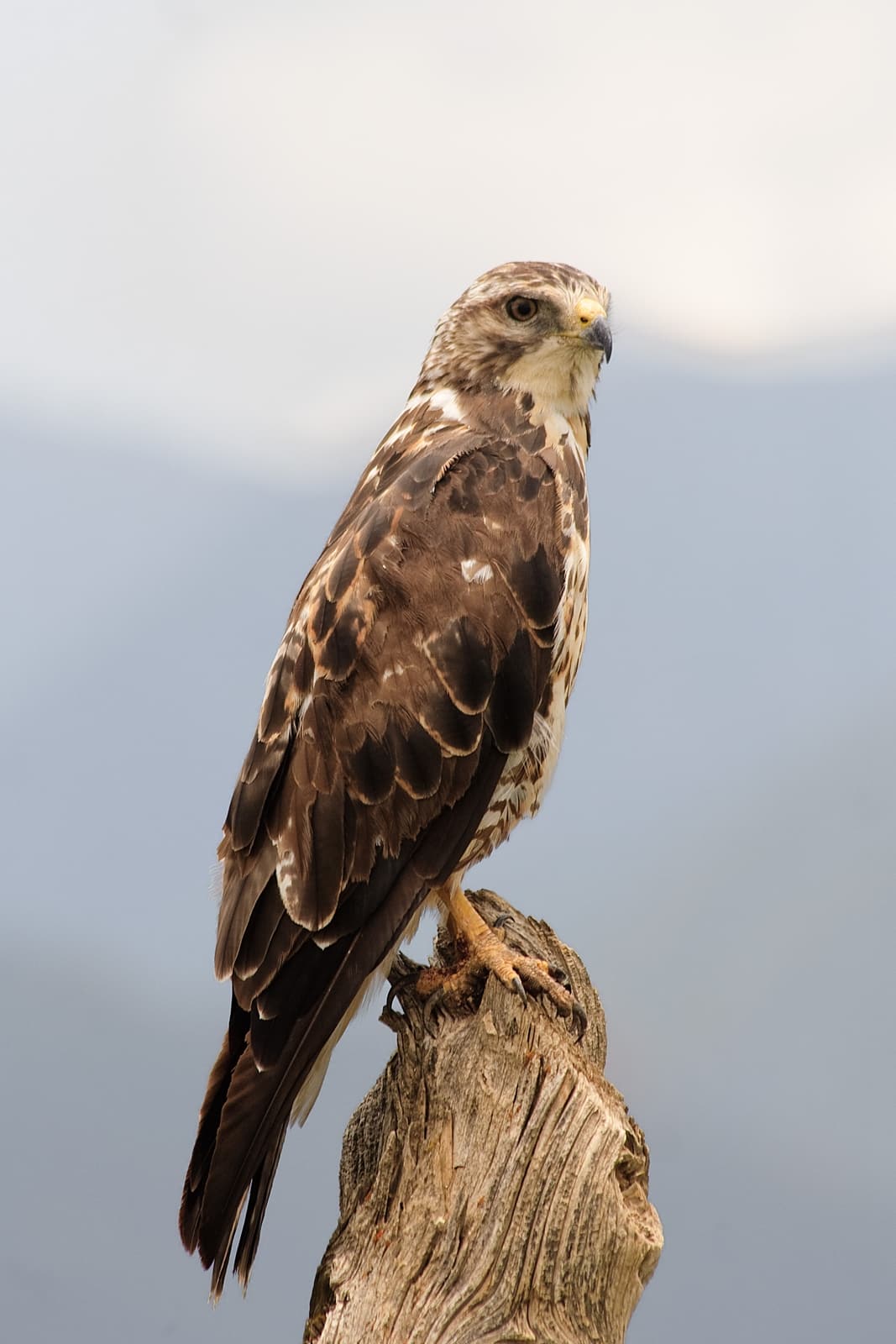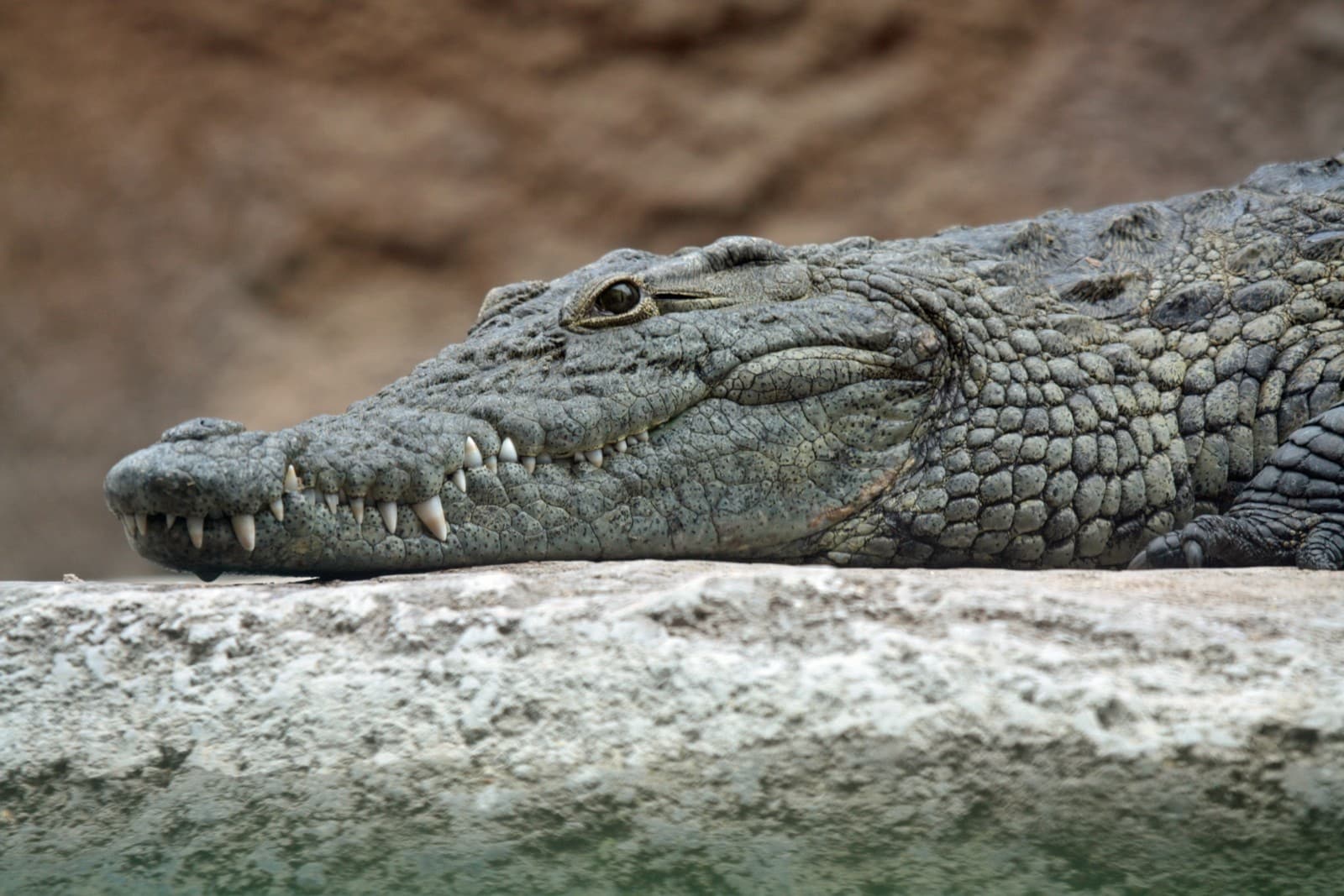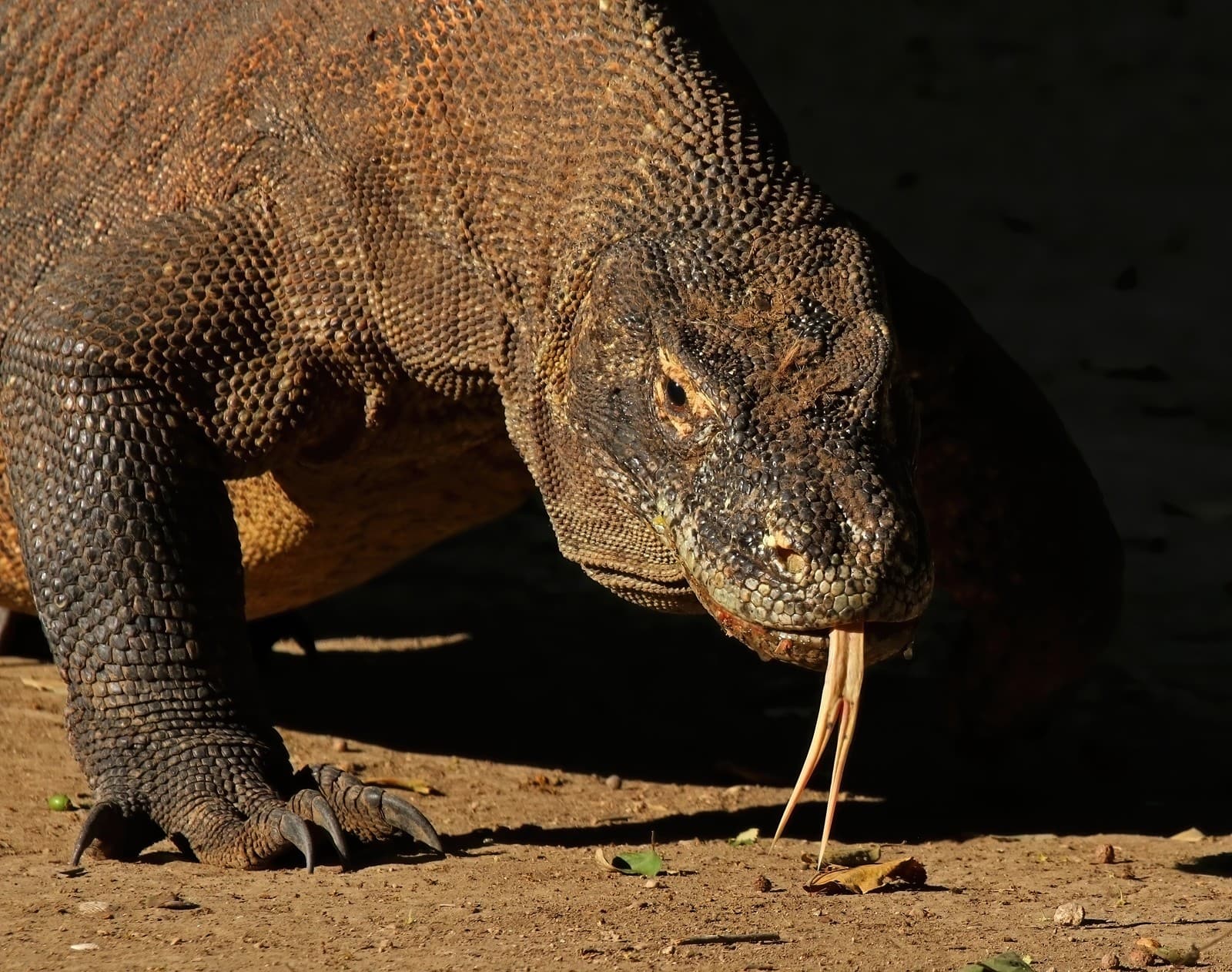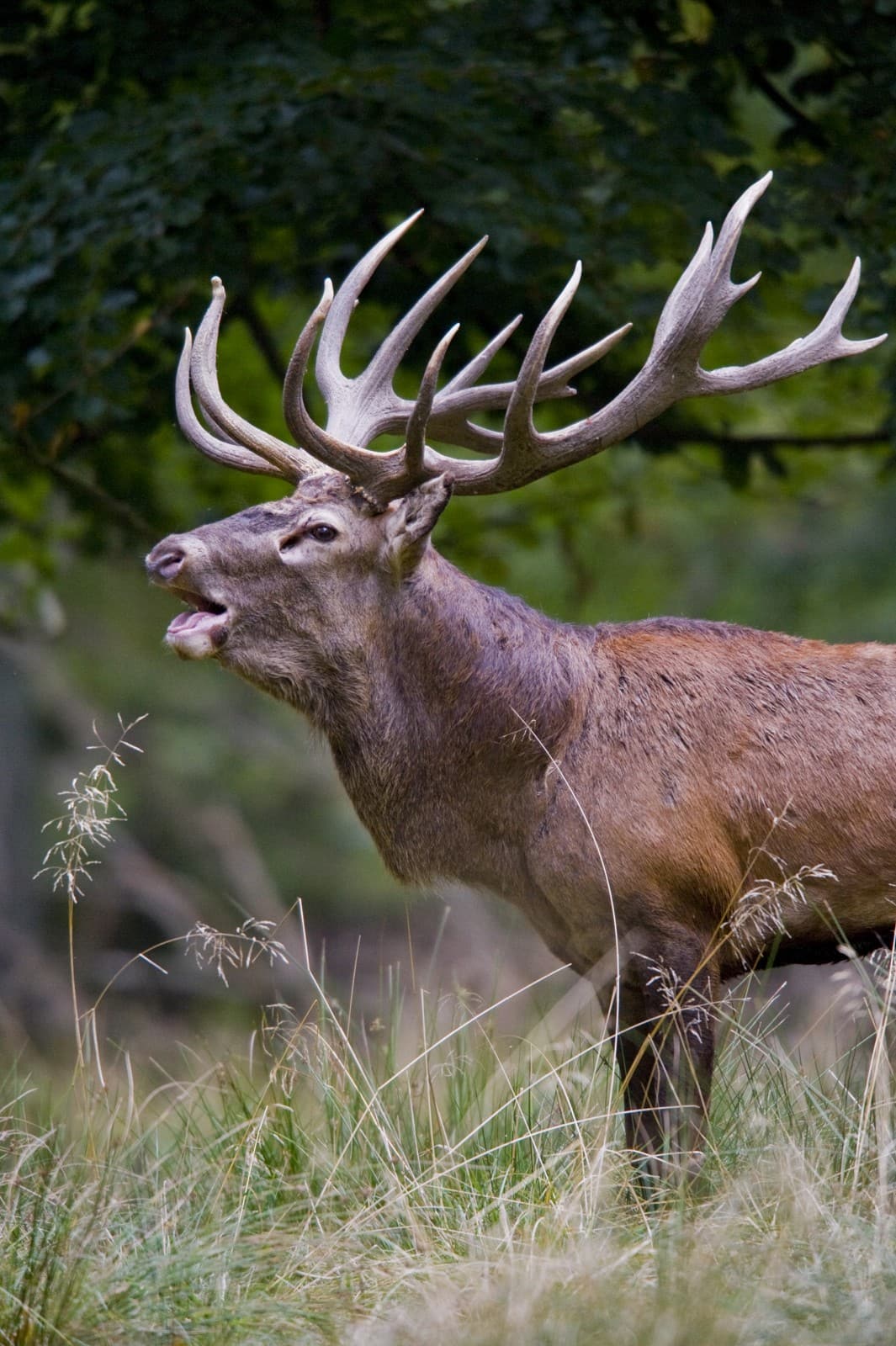Horseshoe Crab vs Hermit Crab: A Complete Comparison
Despite sharing the word “crab” in their names, horseshoe crabs and hermit crabs represent two remarkably different creatures with distinct evolutionary histories. Horseshoe crabs, dating back 450 million years, aren’t actually crabs at all but are more closely related to spiders and scorpions. Hermit crabs, meanwhile, are true crustaceans that have evolved the fascinating behavior of using discarded shells as portable homes.
While horseshoe crabs can reach impressive sizes of up to 24 inches (61 cm) in length, hermit crabs are typically much smaller, with most species measuring between 0.5-4 inches (1.3-10 cm). This size difference reflects their vastly different lifestyles and ecological roles in marine environments.
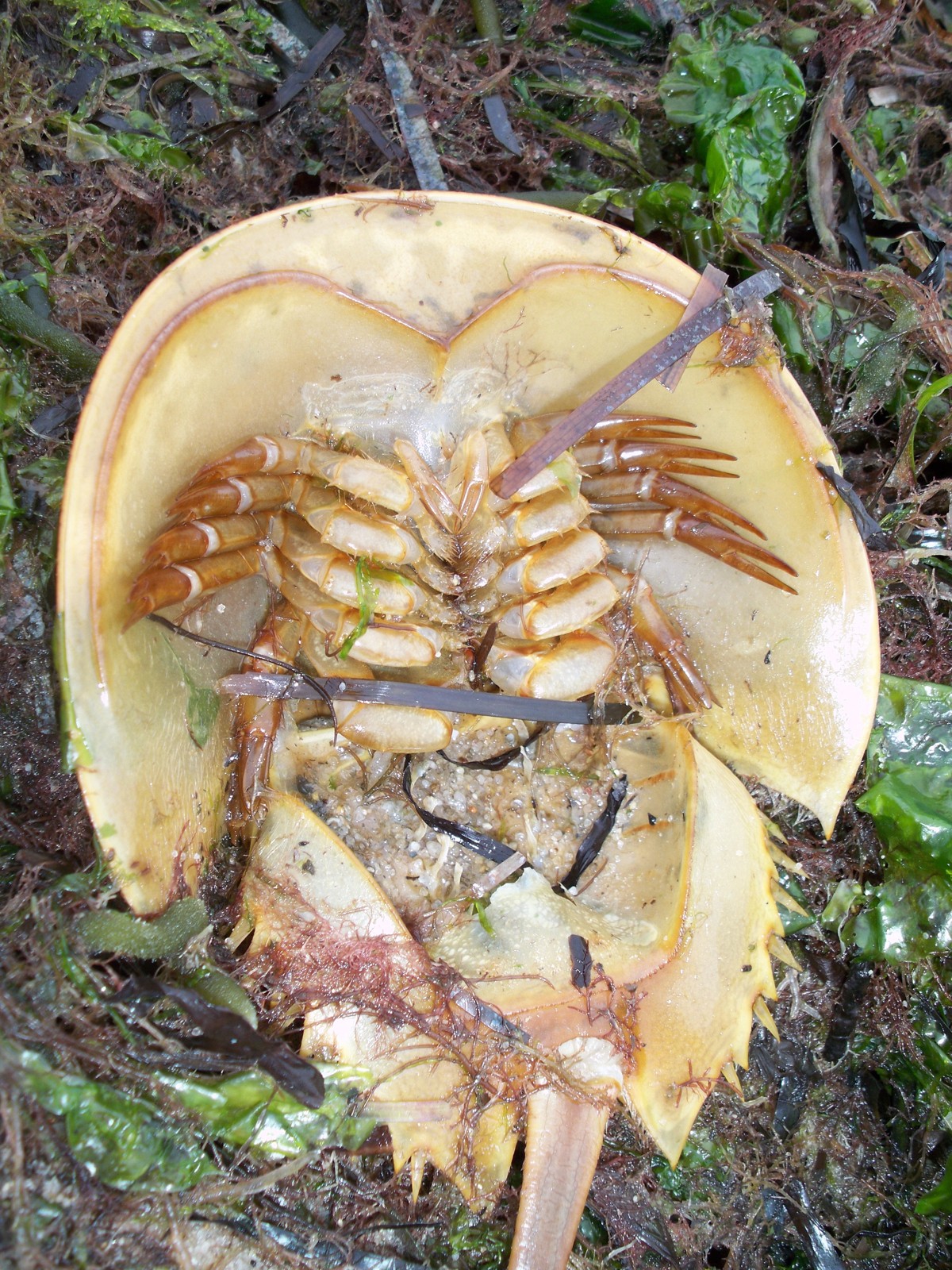
© EgorovaSvetlana / CC BY-SA 4.0
The horseshoe crab’s distinctive anatomy showcases its ancient lineage, with a hard exoskeleton and specialized book gills that have remained largely unchanged for hundreds of millions of years.
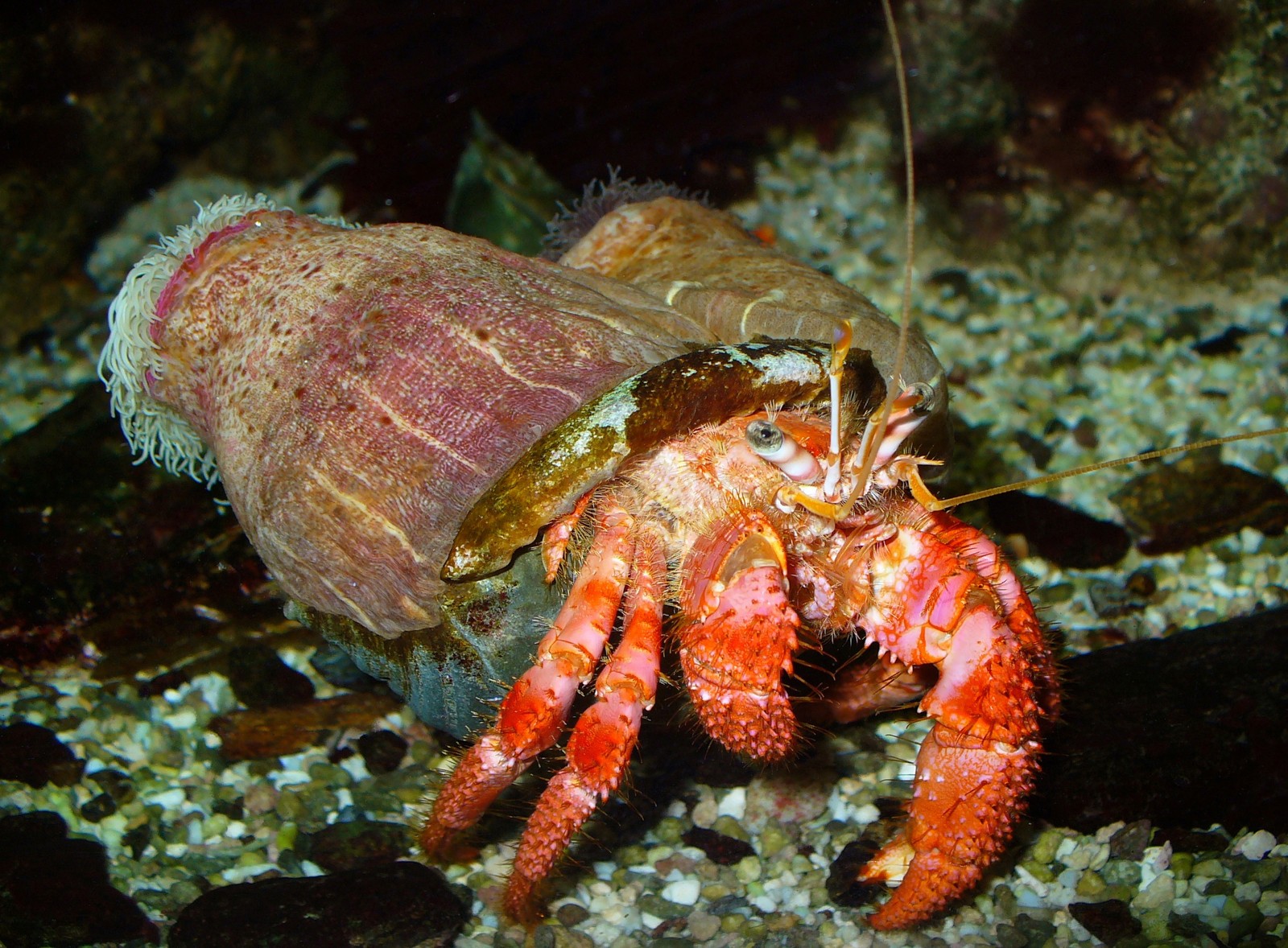
© H. Zell / CC BY-SA 3.0
In contrast, the hermit crab demonstrates the adaptability of modern crustaceans, with its specialized appendages perfectly suited for gripping and maneuvering within borrowed shells.
Key Differences Between Horseshoe Crabs and Hermit Crabs
| Feature | Horseshoe Crab | Hermit Crab |
|---|---|---|
| Classification | Chelicerate (related to spiders) | True crustacean |
| Size | 8-24 inches (20-61 cm) | 0.5-4 inches (1.3-10 cm) |
| Shell Type | Built-in hard carapace | Borrowed gastropod shells |
| Lifespan | 20-40 years | 5-15 years |
| Habitat | Coastal waters, sandy bottoms | Various marine/terrestrial environments |
| Diet | Worms, mollusks, algae | Omnivorous scavengers |
Evolutionary History and Anatomy
Horseshoe crabs are often called “living fossils,” having survived virtually unchanged since before the dinosaurs. Their hard carapace houses a sophisticated respiratory system of book gills, while their unique blue blood contains copper-based hemocyanin, crucial for medical testing.
Hermit crabs, evolving much later, developed their shell-borrowing behavior as an ingenious survival strategy. Their soft, spiral-shaped abdomen perfectly fits into discarded snail shells, which they must regularly replace as they grow.
Habitat and Behavior
Horseshoe Crab Habitat
- Primarily found in shallow coastal waters
- Spawn on sandy beaches during full and new moons
- Can survive out of water for extended periods
- Present in both Atlantic and Pacific waters
Hermit Crab Habitat
- Species found in marine, freshwater, and terrestrial environments
- Most common in tropical and subtropical regions
- Must maintain shell moisture even when on land
- Often form social groups in the wild
Diet and Feeding Habits
Horseshoe crabs use their powerful legs to dig through sediment, feeding primarily on worms, mollusks, and other bottom-dwelling organisms. Their unique grinding mouthparts efficiently process food before digestion.
Hermit crabs are opportunistic omnivores, consuming:
- Algae and detritus
- Small fish and invertebrates
- Plant matter
- Decaying organic material
Conservation Status and Human Impact
Horseshoe crab populations face significant challenges due to:
- Harvesting for medical use (blood collection)
- Habitat loss from coastal development
- Climate change impacts on breeding grounds
- Use as fishing bait
While hermit crabs aren’t generally threatened as a species, they face localized pressures from:
- Collection for the pet trade
- Plastic pollution affecting shell availability
- Coastal habitat degradation
- Ocean acidification impacts on shell formation
Who Would Win in a Confrontation?
In a theoretical encounter, the horseshoe crab’s superior size and robust armor would provide significant advantages. However, such confrontations don’t occur naturally as these species occupy different ecological niches and rarely interact. The hermit crab’s defensive strategy relies on retreat into its shell rather than direct confrontation.
Understanding these fascinating creatures helps highlight the remarkable diversity of marine life and the different evolutionary strategies that have led to their success over millions of years.
